#ancient tombs
Text
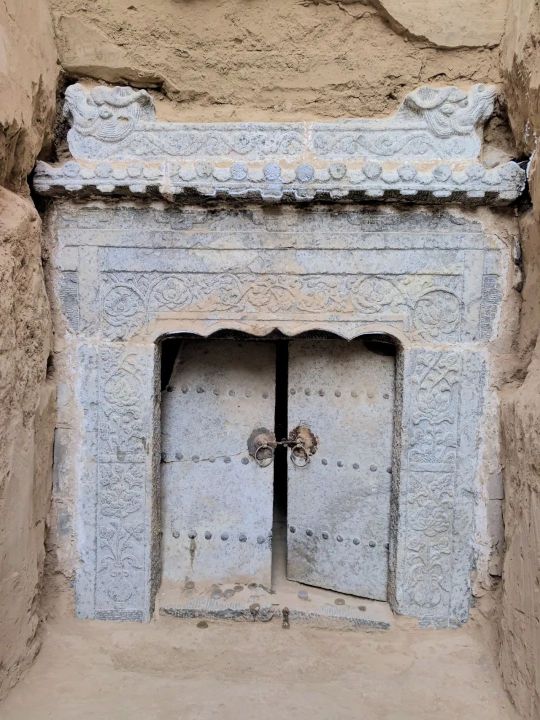
‘Rare’ 400-Year-Old Tomb Found in China
For centuries, the pale blue doors of an imposing stone tomb remained largely shut. When archaeologists in China finally walked in, they found themselves surrounded by a “rare” and elaborate interior.
Archaeologists excavated the ancient stone tomb in Xinfu District ahead of highway construction, Shanxi Provincial Institute of Archaeology said in a March 6 news release shared via a post on Weibo.
The tomb was about 400 years old, dating to the Ming dynasty, and well-preserved, archaeologists said. The roughly 83-foot-long grave was made up of a sloping passageway, main burial chamber and smaller back chamber.
The 400-year-old tomb was sealed with a stone gatehouse and set of double doors, a photo shows.
Inside the main burial chamber, archaeologists found two wooden coffins. The painted coffins were decorated with gold diamonds, leaves, flowers and other designs. Several pottery jars containing grain, oil or other liquids were also found in the room.

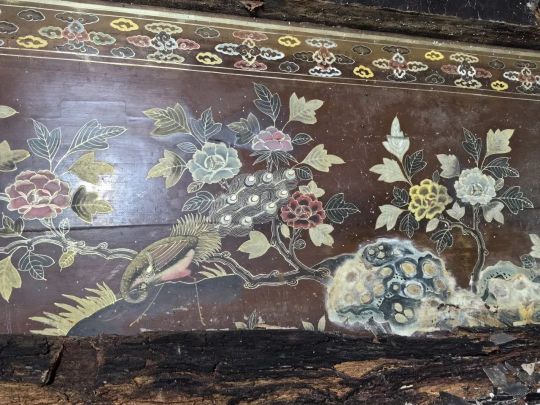
The final back chamber held several pieces of wooden furniture including altars, tables and chairs, the institute said. Most of the furniture was collapsed and broken, photos show.

Archaeologists also found “writing tools such as inkstones, Chinese calligraphy brush pens, and pen holders” in the back chamber, according to an article from the China Daily, a state-controlled news outlet.
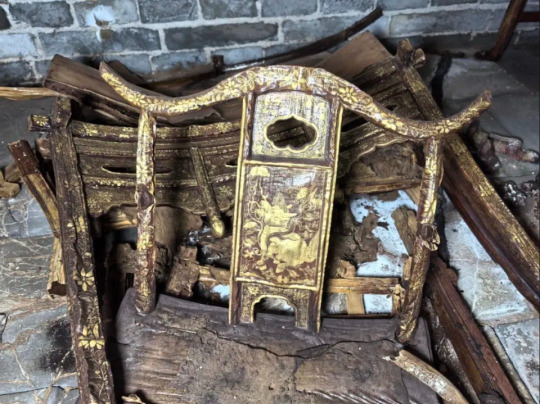
Several inscriptions on the coffins and walls helped researchers identify the deceased as a man who lived between 1533 and 1588, the institute said.
Because of the tomb’s high-quality artifacts and preservation, archaeologists described the grave as “rare” and elaborate.

Archaeologists have excavated over 60 tombs ahead of the highway construction projects, the institute said.
Xinfu District is in Shanxi Province and about 300 miles southwest of Beijing.
#‘Rare’ 400-Year-Old Tomb Found in China#Xinfu District#Shanxi Province#Ming dynasty#ancient graves#ancient tombs#ancient artifacts#archeology#archeolgst#history#history news#ancient history#ancient culture#ancient civilizations#ancient china#chinese history#chinese art
197 notes
·
View notes
Text
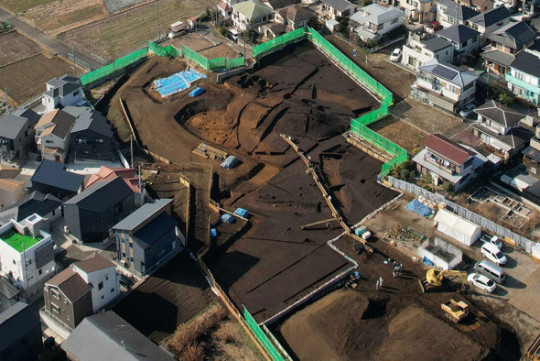




Sean bienvenidos, japonistasarqueológicos, a una nueva entrega arqueológica en esta ocasión hablaremos de un túmulo funerario con forma de ojo de cerradura una vez dicho esto pónganse cómodos que empezamos.
-
El túmulo se localiza en la ciudad de Yokohama, en la prefectura de Kanagawa, en la región de Kantō, isla de Honshū. Se realizaron excavaciones en las Ruinas de Oikawa Isemiya que acompañan la construcción de la carretera de circunvalación de la Ruta Nacional 246 Atsugi Hadano Road. El túmulo funerario tiene forma de ojo de cerradura, data de alrededor de los siglos III al VII d.c y fue descubierto en la cuenca del río Ogino.
-
El túmulo funerario, con forma de ojo de cerradura, tiene unas dimensiones de 37 metros de largo y 21 metros de ancho. En el sitio se encontraron una losa y herramientas de piedra del período Kofun. En los alrededores se han encontrado los restos de una vivienda del período Jomon.
-
Espero que os haya gustado y nos vemos en próximas publicaciones que pasen una buena semana.
Welcome, Japanese archaeologists, to a new archaeological instalment, this time we are going to talk about a burial mound in the shape of a keyhole, so make yourselves comfortable and let's get started.
-
The burial mound is located in the city of Yokohama, Kanagawa Prefecture, in the Kantō region of Honshū Island. Excavations were conducted at the Oikawa Isemiya Ruins accompanying the construction of the Atsugi Hadano Road 246 National Route 246 bypass. The burial mound is keyhole-shaped, dates from around the 3rd to 7th centuries AD, and was discovered in the Ogino River basin.
-
The burial mound, shaped like a keyhole, is 37 metres long and 21 metres wide. A stone slab and stone tools from the Kofun period were found at the site. The remains of a Jomon period dwelling were found nearby.
-
I hope you liked it and I will see you in future publications. Have a nice week.
日本の考古学者の皆さん、ようこそ考古学の新連載へ!今回は鍵穴の形をした古墳についてお話しします。
-
古墳は神奈川県横浜市、本州の関東地方にある。国道246号厚木秦野道路バイパスの建設に伴い、及川伊勢宮遺跡で発掘調査が行われた。荻野川流域で発見されたこの古墳は、紀元後3世紀から7世紀ごろのもので、鍵穴のような形をしている。
-
鍵穴のような形をした古墳は、長さ37メートル、幅21メートル。古墳時代の石板や石器が出土している。近くに縄文時代の住居跡が見つかった。
-
お気に召していただけたなら幸いである。 それでは、よい一週間を。
-
#日本#歴史#考古学#古墳#厚木#積乱雲#神奈川県#及川伊勢宮難破船#地理#ユネスコ#世界遺産#Japan#History#Archaeology#Ancient tombs#Atsugi#Cumulonimbus#Kanagawa Prefecture#Oikawa Isemiya Shipwreck#Geography#UNESCO#World Heritage Site
17 notes
·
View notes
Text
I am bit puzzled that they are saying that it is one of the first priests to control the temples in the area. How on earth do they know that?

16 notes
·
View notes
Text

Spirits come to the Hall of Judgement all the time, and they cannot let go of their lies. They deny their faults, their true feelings, their mistakes...right up until Ammit devours their souls for eternity 𓋹
#original art#dark vibes#darkness#heaven and hell#soul eater#egyptian#temple#dark art#house of anubis#ammit#eternity#afterlife#purgatory#spirits#soul#the judgement day#egyptian pyramids#ancient tombs#ancient times#may god help us all#dark#dark times
2 notes
·
View notes
Text
*Waiting for an adventure to enter my tomb*
3 notes
·
View notes
Text
The Snake, The Crocodile and The Dog
"Belzoni, the flamboyant Italian strongman who had been one of the first to work in the Valley of the Kings.."
Giovanni Bodtista Belzoni- Italian explorer and amateur archaeologist who excavated all over Egypt and worked closely with Henry Salt. Among his great feats and discoveries are:
The removal and transportation of the upper part of a colossal statue of Ramesses II from Thebes, now in the British Museum.
The discovery of the tomb of Seti I in the Valley of the Kings
The opening of Khafre's pyramid for the first time.



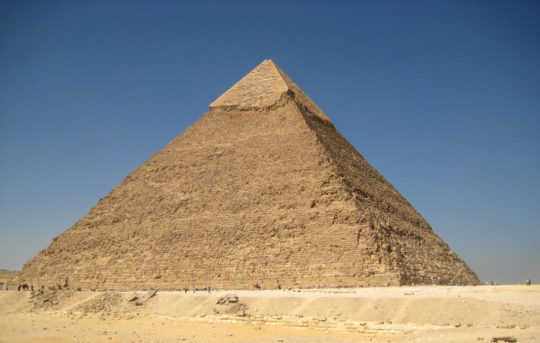
#reading amelia#ancient Egypt#archæology#egyptology#Seti I#ramesses ii#amelia peabody#historical fiction#Khafre#pyramids#ancient tombs#archaeological finds#Giovanni Belzoni#Egyptian explorers#Egyptian archaeologists#egyptian archaeology#books#currently reading
2 notes
·
View notes
Text
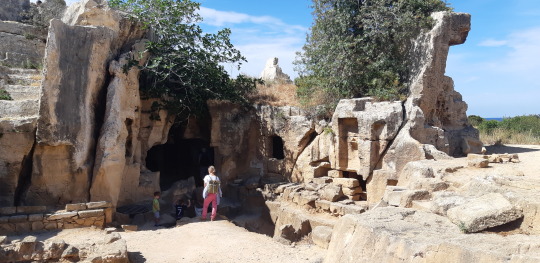




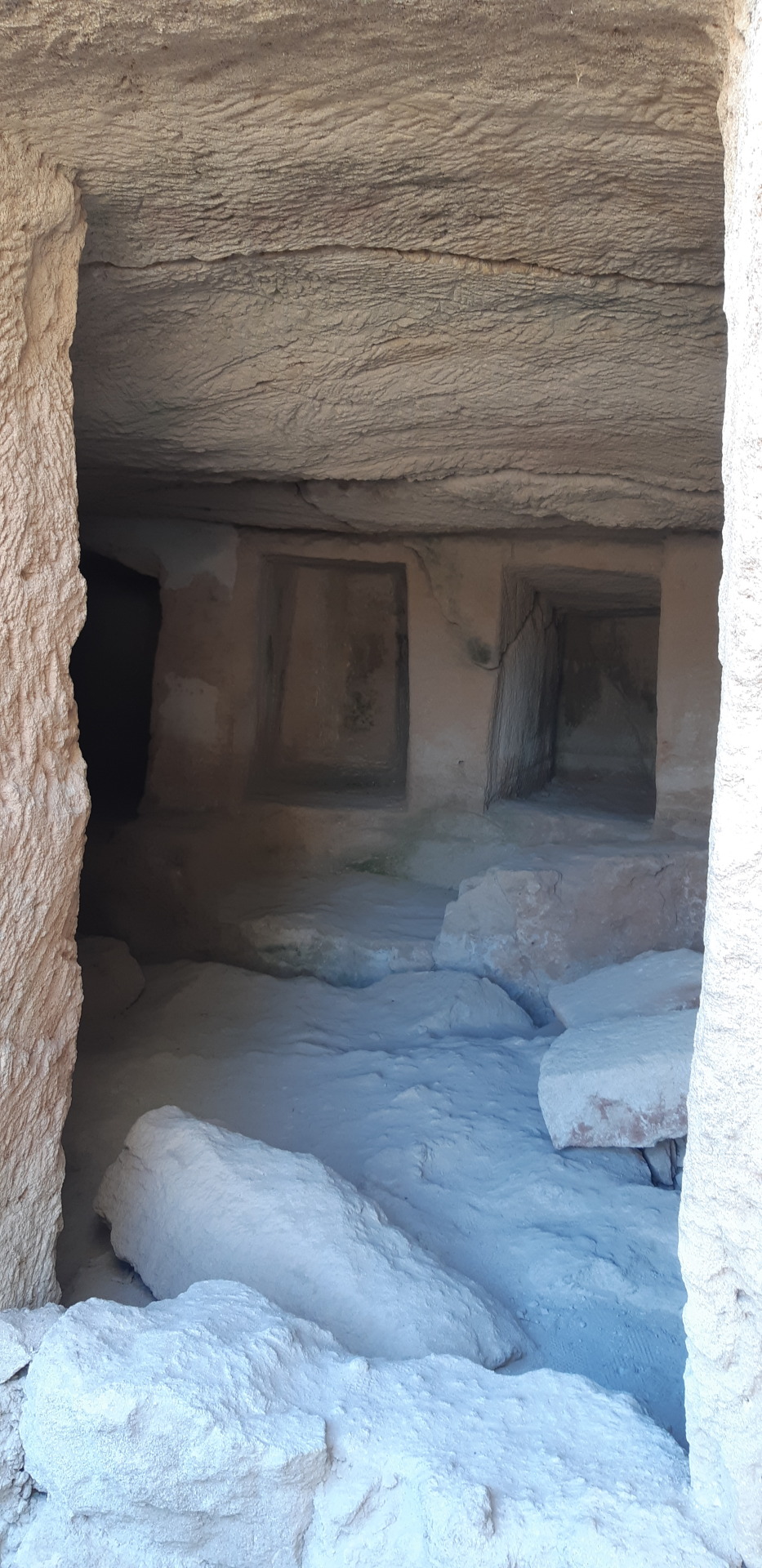


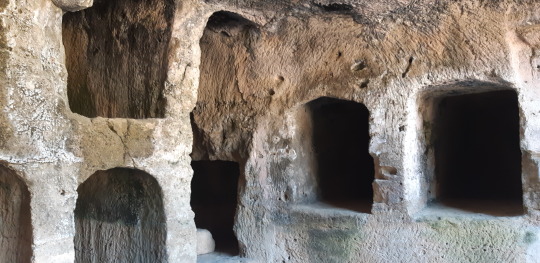
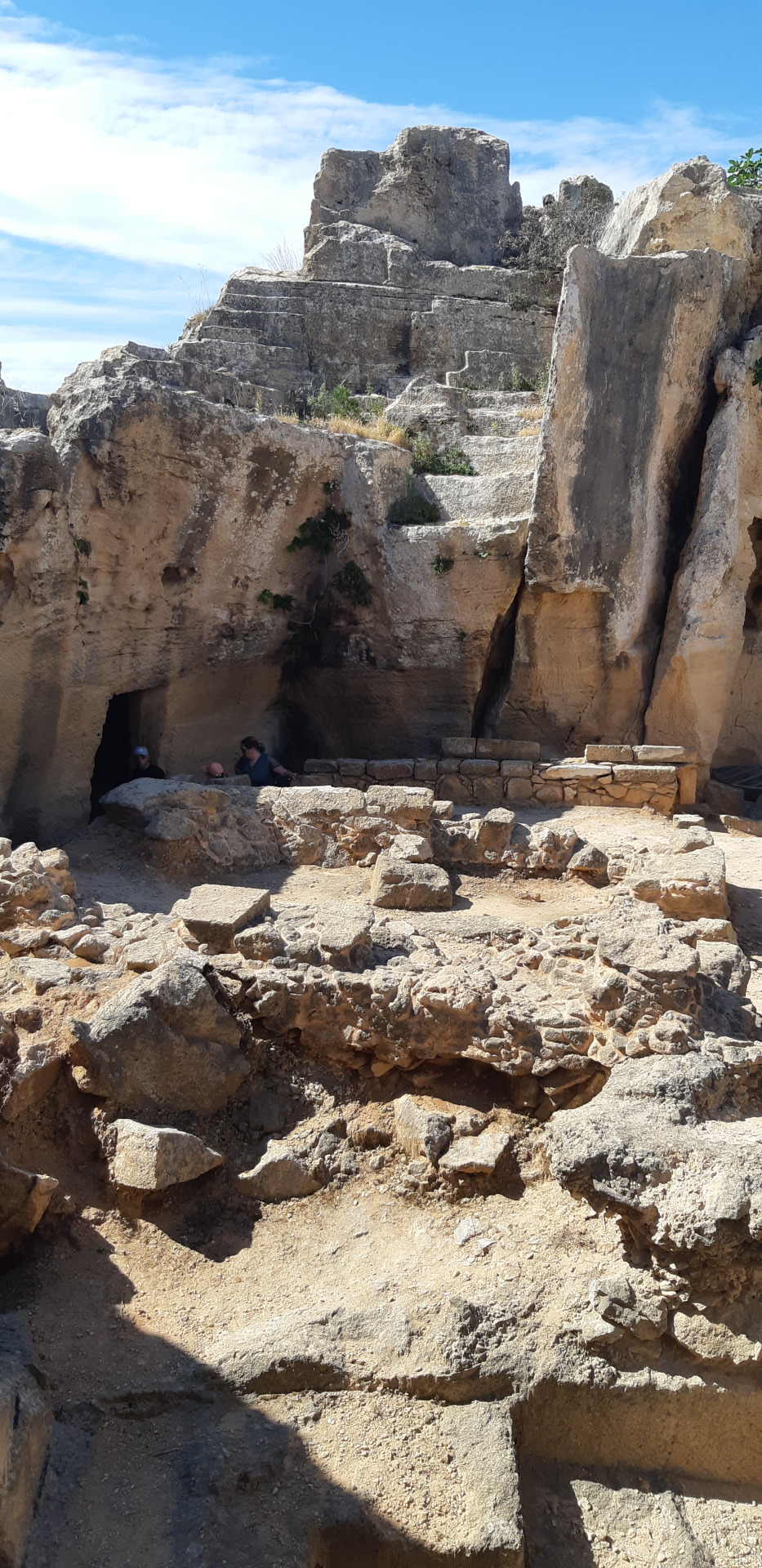


April 2024
Exploring the Tombs of the Kings, Paphos
0 notes
Photo
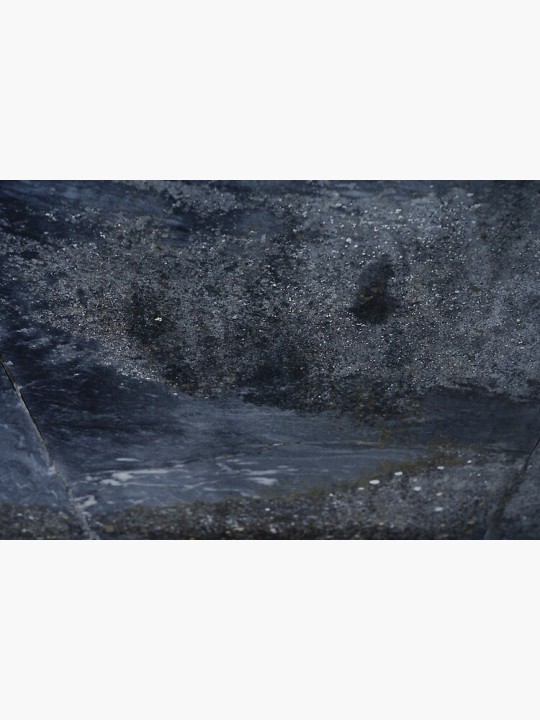
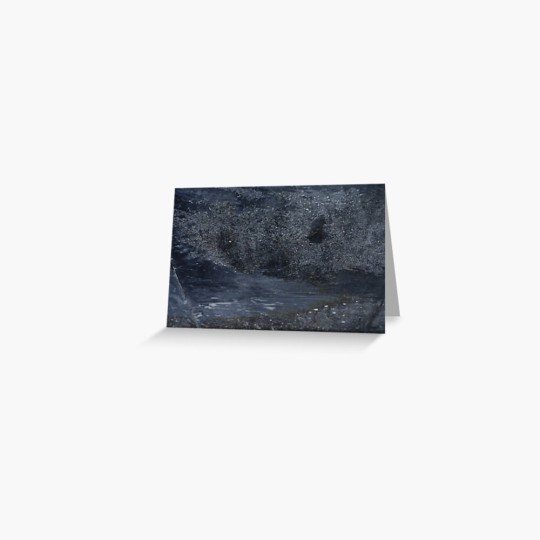

(via " Fragment of a marble gravestone." Art Print for Sale by sackgasse357-50)
#findyourthing#redbubble#decay#transience#traces of decay#cemetery#cemeterybeauty#ancient tombs#ancient graves#marble gravestone#artwork#photo art#print on demand
1 note
·
View note
Text

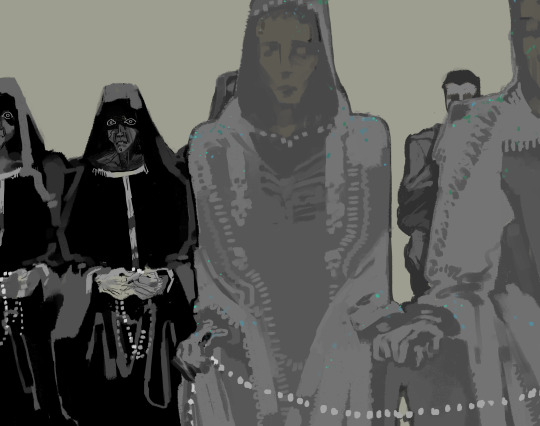


dude I hate this place *proceeds to draw it*
#the locked tomb#gideon the ninth#aiglamene#is it okay that she's kinda bald? did I go too hard with making her look ancient?#ortus nigenad#love this man#gideon nav#harrowhark nonagesimus#castle drearburh#tlt#my art#bones
6K notes
·
View notes
Video
The Tomb of Sennefer is one of the most preserved and beautifully decorated tombs ever found in Egypt. Known as The Tomb of the Vineyards, it’s covered in colors and stories, and is buried deep in the mountain below 42 very steep steps.
15K notes
·
View notes
Text
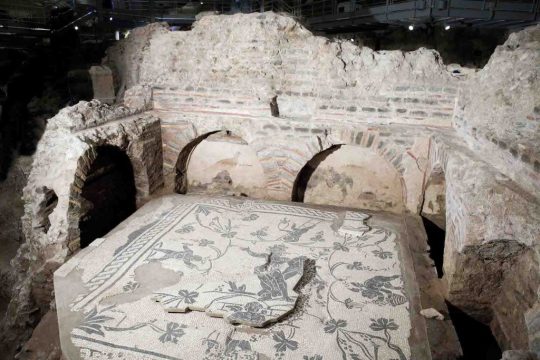
Vatican Museums Opens Ancient Roman Necropolis to the Public
The site was previously only accessible to scholars and specialists.
The Vatican Museums has newly opened to the public an ancient necropolis stocked with carved marble sarcophagi and bone-filled open graves of everyday ancient Romans.
The word necropolis comes from the Greek expression for “city of the dead.” These “cities” grew up alongside roads outside the urban center due to laws forbidding cremation and burial of the dead inside city limits. Funerary practices and rites are preserved especially clearly in the necropolis that extends along the Via Triumphalis (a Roman road now known as the Via Trionfale), with burial sites accompanied by eye-popping Roman frescoes and mosaics.
Previously, the necropolis was accessible only to certain groups of scholars and specialists. It is now open to the public via the new Saint Rose Gate entrance, inaugurated with the exhibition “Life and Death in the Rome of the Caesars.”
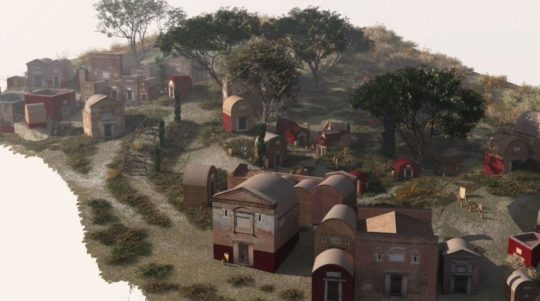
How extensive is the archaeological area?
It extends nearly 11,000 square feet. The size of the necropolis is not as extensive as some other Roman burial sites, but its importance lies in its proximity to one of the most significant religious sites in Christianity.
What is known about particular people who are buried there?
According to archaeologists, no less than the tomb of St. Peter himself is located in the Vatican Necropolis.
But in general, “Here, we have represented the lower middle class of Rome’s population,” said Leonardo Di Blasi, an archaeologist with the Vatican Museums, in a video on Euro News. “They are essentially slaves, freedmen, artisans of the city of Rome.” Some were the property of the emperor, and are indicated to have been the “servant of Nero.”
One of them was a man named Alcimus, who was the set director for the downtown Theater of Pompeii, the most important theater of the period. Another was a horse trainer who worked at the chariot races.
One young boy is interred there, according to the Catholic News Service, marked by a sculpture of a boy’s head accompanied by an inscription reading “Vixit Anni IIII Menses IIII Dies X,” Latin for “He lived four years, four months, and 10 days.”
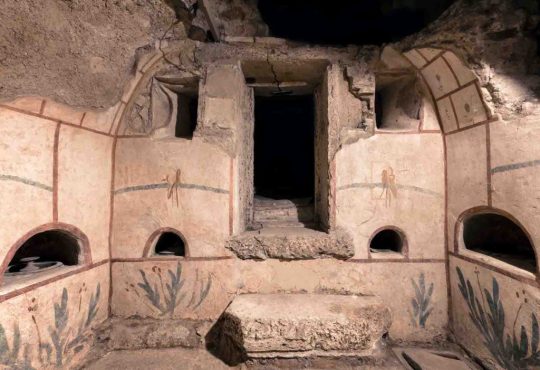
How did this ancient burial ground come to light?
The Vatican burial grounds were first explored in the 1940s at the request of then Pope Pius X, who wanted to be buried near the grave of Peter the Apostle. The dig revealed numerous mausoleums and tombs.
The newest part of the burial ground was revealed through an infrastructure project in 2003, as the Vatican excavated for a new multilevel employee parking garage.
What happened when the Vatican discovered these newest burial grounds?
The department of the Vatican that was overseeing construction of the parking garage, intent on meeting its deadline, was accused of trying to conceal the find, Giandomenico Spinola, an archaeologist and deputy artistic-scientific director of the museums, told the Catholic News Service. It was only when journalists publicized the discovery that he and his colleagues were invited in to advise.
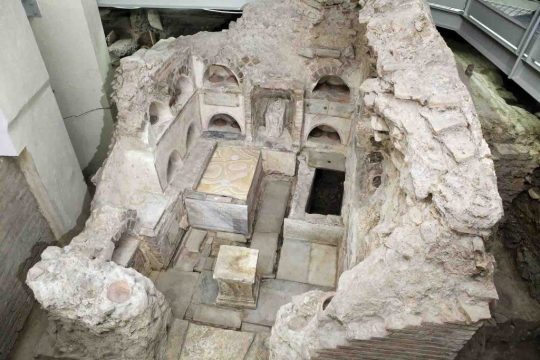

When were the bodies there buried? How have the tombs been so well preserved?
Bodies were interred in this burial ground between the first century B.C.E and the fourth century C.E., and organic remains have vanished. A number of the graves, including their tombs and decorations, including frescoes, mosaic floors, and marble-carved inscriptions, were fortuitously preserved by a series of mudslides in the area.
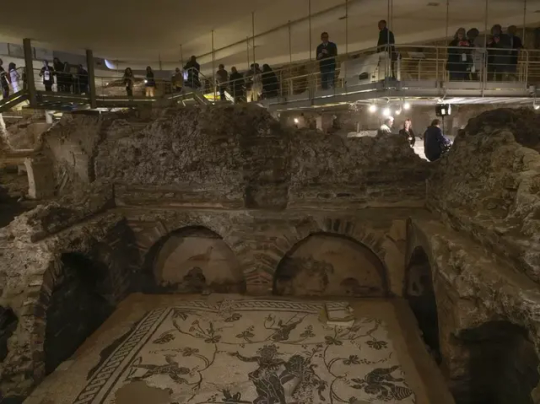
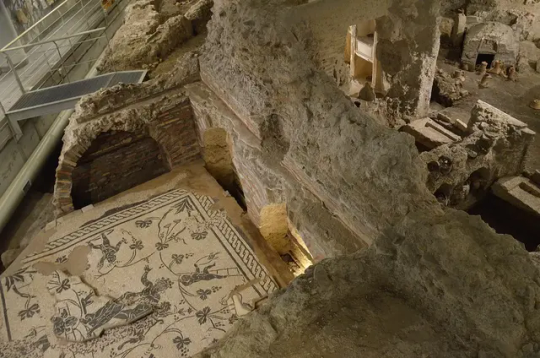
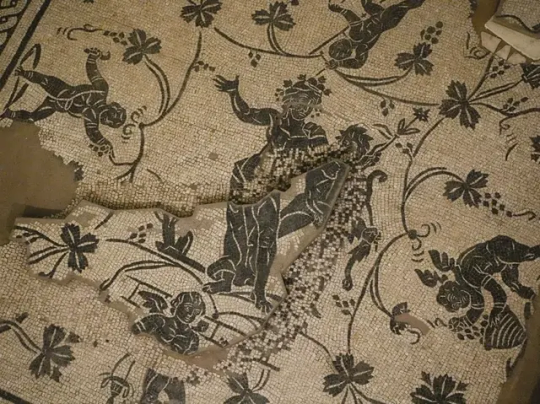
#Vatican Museums Opens Ancient Roman Necropolis to the Public#The Vatican Museums#Ancient Roman 'City for the Dead'#Via Triumphalis necropolis#Life and Death in the Rome of the Caesars#ancient graves#ancient tombs#ancient necropolis#ancient artifacts#archeology#archeolgst#history#history news#ancient history#ancient culture#ancient civilizations#ancient rome#roman history#roman empire#roman art
264 notes
·
View notes
Text
What a fascinating find! New things are always being discovered!
#egypt#egyptian archaeology#egyptology#Egyptian-British archaeological mission#Supreme Council of Antiquities (SCA)#New Kingdom Research Foundation#royal tomb#Western Valley#Theban Mountain#Luxor#Thutmosid period#18th Dynasty#ancient tombs#ancient egypt#history#ancient history#egyptian archaeologists#archaeological finds#archæology#archaeology#archaeological excavation
0 notes
Text
The Late Period is such an interesting time in Egypt's history, so full of cultural interactions and change. Very complicated, and fun.
12 notes
·
View notes
Text
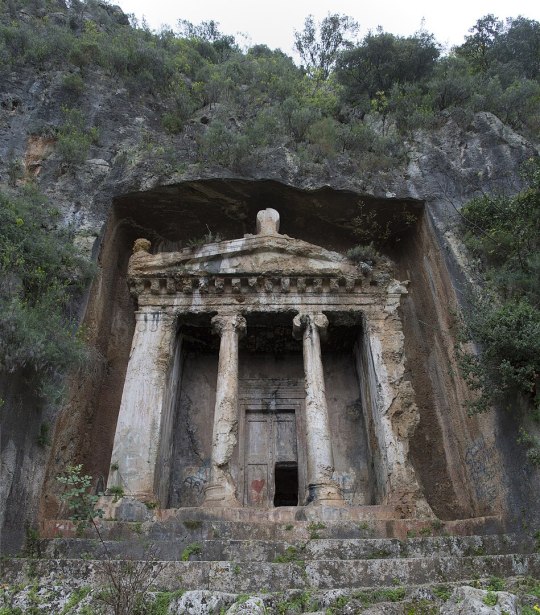
4th Century Lycian Tomb in Fethiye Turkey
640 notes
·
View notes
Text



The Shrine of Anubis as discovered within Tutankhamun's tomb, with original linen wrappings and garlands still present. Photographed by Harry Burton, 1926.
3K notes
·
View notes